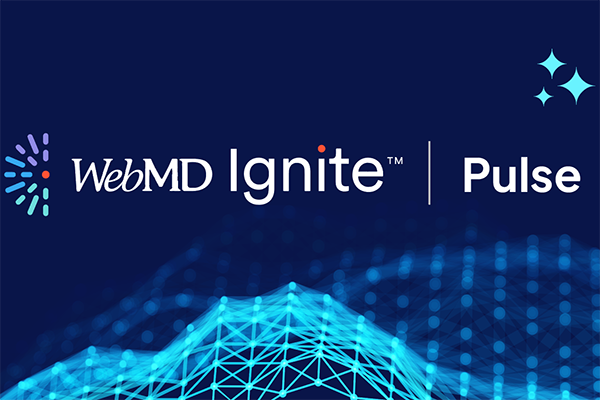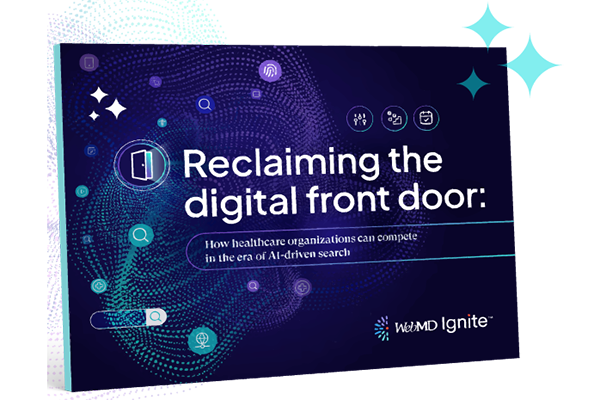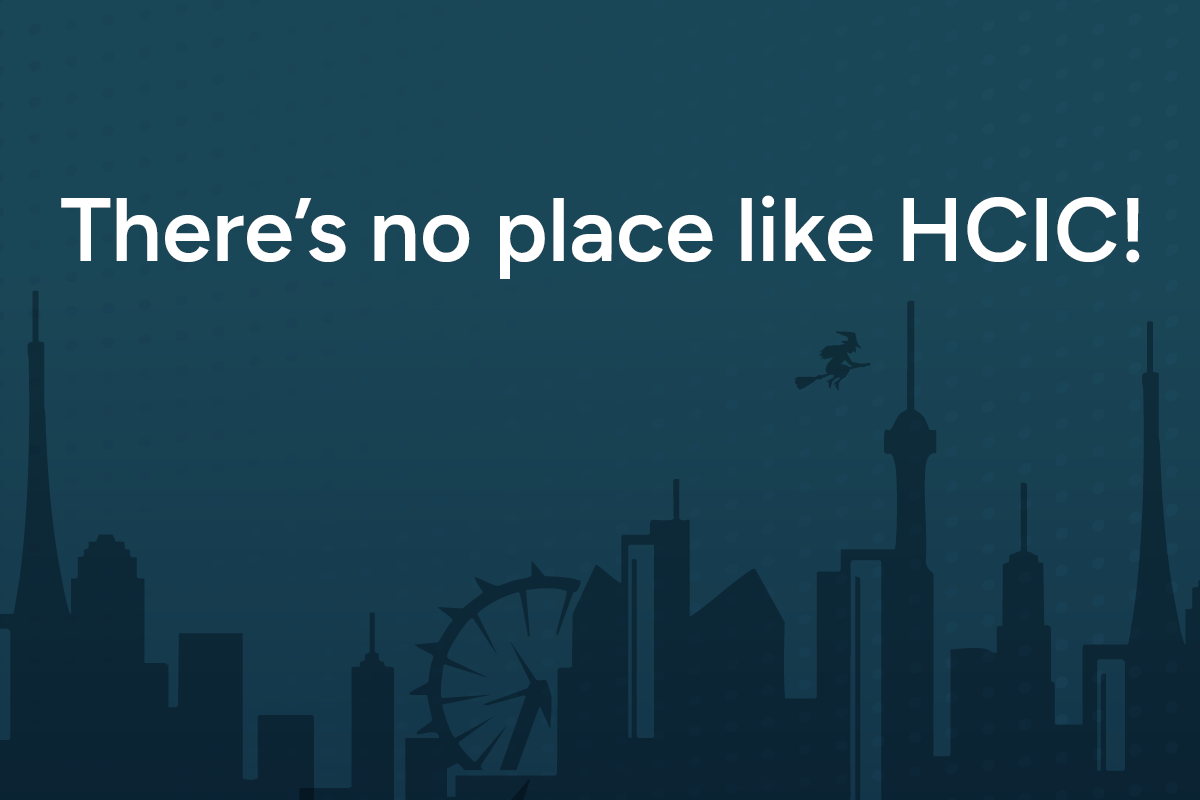Editor's Note: This blog was published prior to the transition to WebMD Ignite.
It’s a common complaint throughout healthcare: there just isn’t enough time to really communicate with patients to understand their unique situations and create personalized treatment and wellness programs.
But the problem isn’t confined to episodic care—as medical care has grown more complex, providers find themselves dealing with a national crisis in basic patient health literacy.
36% of adult Americans have only basic or below basic health literacy skills. Only 12% of adult Americans are capable of reading and comprehending educational health materials provided to them by their health-care provider.1
What is health literacy?
“Health literacy”, defined by the CDC, is the ability to find, understand and use information and services to make informed decisions and take proper health-related actions for oneself and others.2 Adequate health literacy may include basic comprehension of patient education materials, prescription drug instructions, doctor's directions and consent forms, and the ability to navigate the complex healthcare system.
Health illiteracy, or more discreetly stated, low health literacy, puts patients at greater risk of misunderstanding treatment recommendations, having problems with accurately taking prescription medications, and experiencing lower health status and poorer health outcomes.3 Patients with low health literacy also tend to use the emergency department more often and are more likely to return to the emergency department after 2 weeks.4
Tools Designed to Achieve Health Literacy
Patient education and health literacy solutions are helpful tools to help providers create educated patients who can be more effective partners in their own care, improving not only their own health but the overall performance of the health care system. Here are some helpful tools and resources currently used:
Focus on “Need-to-know/do” information
What do patients need to know/do? It's helpful to think about what the patient needs when they leave the exam room, when they check out, and what they need to do when they get home. Answering questions regarding medicine instructions, useful self-care strategies, information about any referrals or follow-up items, or what forms the patient needs to fill out can reduce patient readmissions.
Teach-back Method
The idea is to explain the self-management process, then assess the patient’s knowledge by asking them to teach it back to the clinician. The clinician can then clarify if the patient does not quite have it down. This cycle can be repeated until there is a shared understanding. We’ve got helpful “Teach-back Method” resources. You can also check out the NCBI National Library of Medicine website where inclusion criteria and data collection are explained as well.
Plain language: Be concise, use shorter words/sentences and define complex terms
Use simple, clear, language to avoid any opportunity for misunderstanding. When a person is feeling anxious, or overwhelmed with too much information, they may not be able to understand or use health information as well as expected. The National Action Plan to Improve Health Literacy is a perfect example of an action plan that establishes principles such as: “health services should be delivered in ways that are easy to understand and that improve health, longevity, and quality of life”.
Improving Health Literacy to Improve Health Outcomes
If health literacy is the foundation of effective shared decision making, then having access to tools improving health literacy becomes more important for providers. Focusing on “need to know” information, being concise and using skills such as the “Teach Back” method are just a few steps. Here are more helpful tools to help increase health literacy as well as 5 ways health literacy can work for everyone. Regularly updated patient education and print materials help nurses and doctors reach patients at key points of the health journey.
GET MORE INFORMATION
References:
-
-
-
-
Griffey RT, Kennedy SK, D'Agostino McGowan L, Goodman M, Kaphingst KA. Is low health literacy associated with increased emergency department utilization and recidivism? Acad Emerg Med. 2014;21(10):1109–15. doi: 10.1111/acem.12476.





